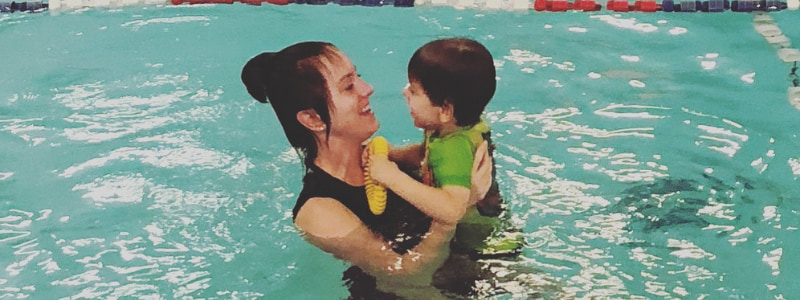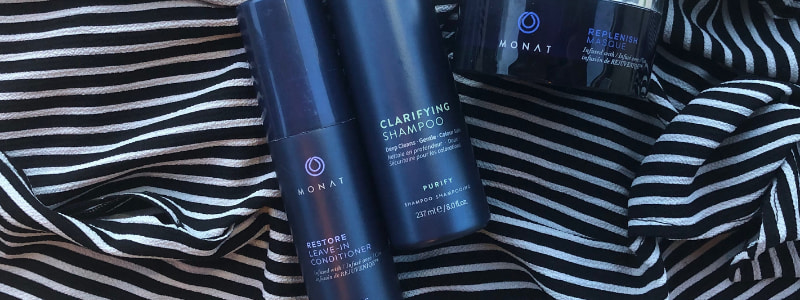Chlorine hair- we’ve all had it, we all know what it is, and we all want to avoid it. Your hair is your best accessory, and the part of you that usually takes the biggest beating when you swim in a pool. Pool water is especially hard on your locks because of all that needed chlorine. Protecting your hair from damage is possible, though. Here’s how to avoid getting chlorine hair at the pool.
The science behind chlorine’s damaging effects on hair is nasty, yet fascinating; just like a toddler’s who puts every item they come across in their mouth.
How Chlorine Causes Hair Damage
Here’s how it works: your scalp produces oils that nourish your hair and keep it strong. Chlorine breaks down these oils when it comes into contact with your hair. This breakdown of the oils leaves your hair unprotected and leads to breakage and dryness. Chlorine also interacts directly with the pigments in your hair and changes their properties. This is why people with lighter hair may see it change to a greyish or green color if over-exposed to chlorine. Dark hair is also at risk of becoming lighter and off-color from chlorine exposure.
Our hair also has an outer cuticle that protects it. Chlorine exposure damages the cuticle, too. Without the cuticle, your hair is extra susceptible to future damage.
Hopping in the pool every once in a while is not going to extensively damage your hair. If you are a competitive swimmer or planning on spending your entire summer in and out of a pool, that’s when you’re really susceptible to damage and hair discoloration. Also keep in mind that heat, bad hair products, and UV rays can damage hair too. For anyone with colored hair or pre-damaged hair, you’ll want to be especially careful when it comes to avoiding chlorine hair at the pool.
How to Protect Your Hair from Chlorine

There are plenty of ways to avoid getting chlorine hair at the pool. Finding the best method for you and your hair type will depend a lot on your lifestyle and level of activity in the water. Here are some ways to protect your hair from chlorine.
Keep It Dry
One way to keep your hair safe from pool water is to keep it out of the pool altogether. Grab a cute hair tie and rock a messy bun when you climb into the pool. Note that this isn’t the best method for public pools or outings with kids because of, well, splashing.
Swim caps are the recommended dry hair protection method for those who are going under the surface or corralling toddlers while in the water. While a cap may not feel like the most fashion-forward look, it’ll get the job done when it comes to keeping unwanted chemicals out of your tresses.
Create a Buffer
Chlorine hair happens when the pool chemicals are able to saturate your hair for too long. You can totally keep your hair out and down while at the pool; you just need to give it some kind of protection first to keep it from sponging up chlorine. You can do this two ways:
1. With fresh water – Just hop in the shower before you get in the pool and get your hair saturated with fresh water. This will keep it from soaking up as much pool water and will help protect it.
2. With Monat’s leave-in conditioner – This is a similar concept to using fresh water before getting in the pool. This time though, you’re coating your hair, so there’s a buffer between your strands and the pool water. Plus, your hair will get treated to some extra conditioning while you enjoy relaxing in the water.
I love Monat’s Restore Leave in Conditioner because it smells incredible and contains crodasorb to protect against the sun’s UV rays. So, it’s basically acting like sunscreen for your hair but won’t leave a nasty residue.
Clean Up Your Act
No matter how you protect your hair at the pool, if it gets wet at all, you need to shower immediately after to get the chemicals off your head. Remember, chlorine hair comes from saturation and sitting on your hair. The less time you allow the chlorine to stay on your hair, the less opportunity you give it to cause damage. For a deep cleanse that is sure to rid your hair of all those chemicals, try a clarifying shampoo. If you can’t get to a shower, even if you just dip into the pool, rinse your hair through with the fresh water a few times. That’s better than throwing your soggy hair in a bun and leaving it to deal with later.
How to Replenish Chlorine-Damaged Hair

Repeat after me: clarify, deep-condition, protect, repeat. With chlorine damage, you need to get the chemical out of your hair, replenish your hair, protect it from further damage, and then be consistent about that protection. If you find your hair looking dull or lifeless during the summer months, try a hair mask. I use a hair mask once a week to give my hair a dose of moisture and nutrients. I have less frizz and split ends this way and it makes my hair shiny and smooth.
If you haven’t been great at following these protection techniques in the past, you may be suffering from some chlorine-damaged hair. Never fret (worry lines are way harder to fix than hair damage). You can rehab your hair back to health.
Here are three products that I use when I frequent the pool:
To Clarify
To Condition
To Protect
If you are struggling with severe damage or just want more info on how to protect your hair long-term, let’s connect and chat about how I can help.








